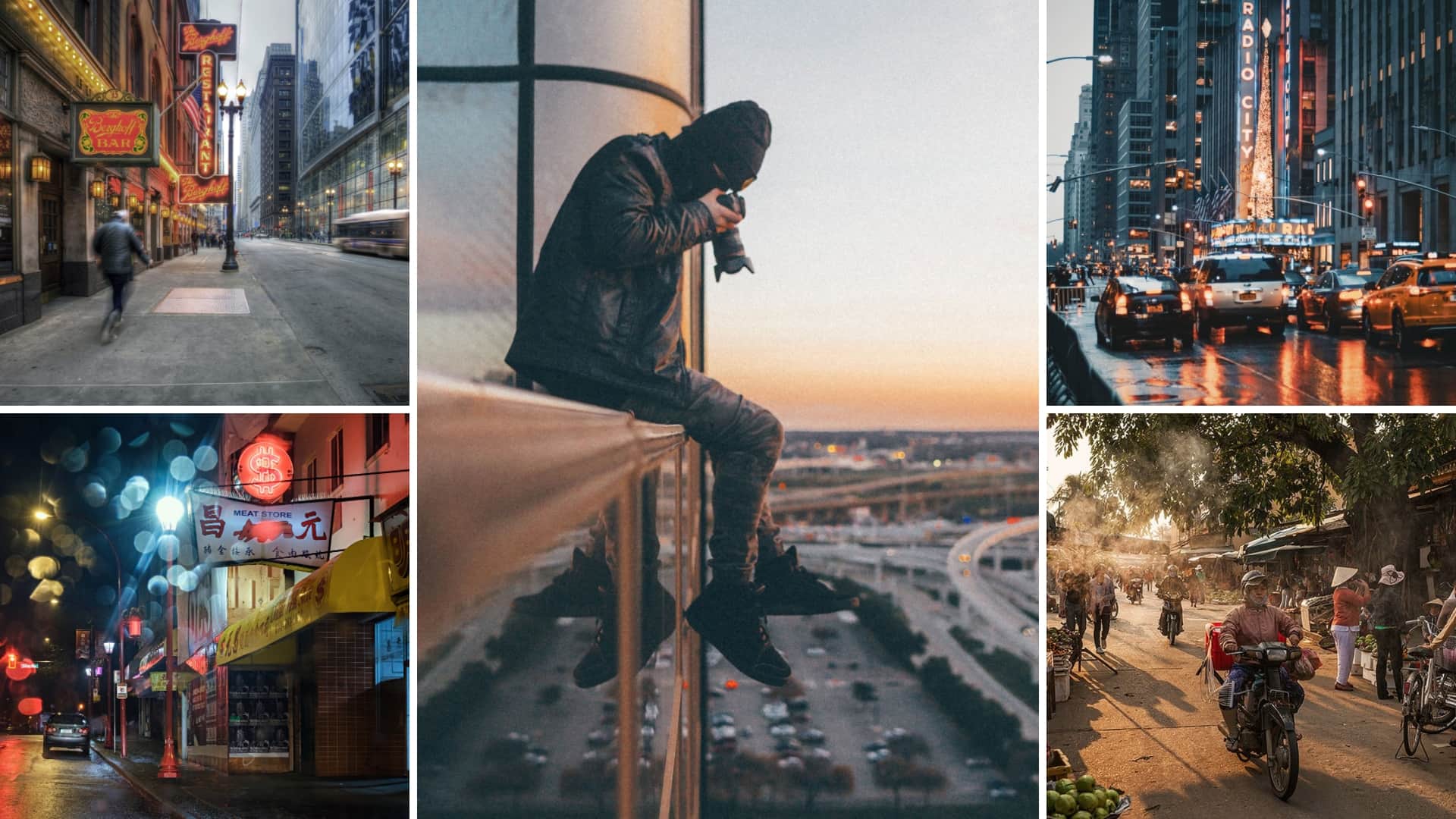The 7-Minute Rule for Framing Streets
Not known Factual Statements About Framing Streets
Table of ContentsNot known Facts About Framing StreetsNot known Factual Statements About Framing Streets 9 Simple Techniques For Framing StreetsThe Best Strategy To Use For Framing Streets3 Simple Techniques For Framing StreetsSome Of Framing Streets
, usually with the purpose of catching images at a definitive or poignant minute by careful framework and timing. https://fliphtml5.com/homepage/onrvw/davidturley33101/.
The Greatest Guide To Framing Streets
Susan Sontag, 1977 Road photography can concentrate on individuals and their habits in public. In this respect, the street professional photographer resembles social docudrama professional photographers or photographers that additionally operate in public places, however with the purpose of capturing newsworthy occasions. Any one of these photographers' pictures may catch people and building noticeable within or from public areas, which typically entails navigating ethical concerns and laws of personal privacy, security, and property.
Depictions of daily public life develop a style in nearly every duration of world art, beginning in the pre-historic, Sumerian, Egyptian and very early Buddhist art periods. Art taking care of the life of the street, whether within sights of cityscapes, or as the dominant motif, shows up in the West in the canon of the Northern Renaissance, Baroque, Rococo, of Romanticism, Realistic look, Impressionism and Post-Impressionism.
Framing Streets Fundamentals Explained
Louis Daguerre: "Boulevard du Holy place" (1838 or 1839) In 1838 or 1839 the initial picture of numbers in the street was videotaped by Louis-Jacques-Mand Daguerre in among a pair of daguerreotype sights drawn from his studio home window of the Boulevard du Temple in Paris. The second, made at the height of the day, reveals an unpopulated stretch of street, while the various other was taken at regarding 8:00 am, and as Beaumont Newhall reports, "The Blvd, so regularly full of a moving crowd of pedestrians and carriages was perfectly singular, other than an individual that was having his boots cleaned.
His boots and legs were well defined, but he is without body or head, because these were in activity." Charles Ngre, waterseller Charles Ngre. https://experiment.com/users/framingstreets1 was the first professional photographer to obtain the technological elegance required to register people in motion on the street in Paris in 1851. Digital Photographer John Thomson, a Scotsman collaborating why not check here with journalist and social activist Adolphe Smith, published Road Life in London in twelve month-to-month installments starting in February 1877
The Ultimate Guide To Framing Streets
Eugene Atget is considered as a progenitor, not due to the fact that he was the initial of his kind, but as a result of the popularisation in the late 1920s of his document of Parisian streets by Berenice Abbott, who was influenced to take on a similar documentation of New york city City. [] As the city established, Atget helped to advertise Parisian streets as a worthwhile topic for digital photography.

The Framing Streets Ideas
The principal Mass-Observationists were anthropologist Tom Harrisson in Bolton and poet Charles Madge in London, and their first record was generated as guide "May the Twelfth: Mass-Observation Day-Surveys 1937 by over two hundred onlookers" [] Home window cleaner at Kottbusser Tor, Berlin, by Elsa Thiemann c. 1946 The post-war French Humanist College professional photographers discovered their topics on the road or in the diner. Between 1946 and 1957 Le Groupe des XV yearly showed job of this kind. Andre Kertesz. Circus, Budapest, 19 May 1920 Street photography created the significant web content of two events at the Museum of Modern Art (Mo, MA) in New York curated by Edward Steichen, 5 French Photographers: Brassai; Cartier-Bresson, Doisneau, Ronis, Izis in 1951 to 1952, and Post-war European Photography in 1953, which exported the concept of street photography internationally.

Excitement About Framing Streets
The recording maker was 'a hidden video camera', a 35 mm Contax hidden underneath his coat, that was 'strapped to the chest and connected to a long cord strung down the appropriate sleeve'. His job had little contemporary influence as due to Evans' sensitivities concerning the originality of his task and the personal privacy of his subjects, it was not published till 1966, in the book Numerous Are Called, with an introduction composed by James Agee in 1940.
Helen Levitt, after that an instructor of children, connected with Evans in 193839. She recorded the temporal chalk drawings - photography presets that became part of youngsters's road society in New York at the time, as well as the kids that made them. In July 1939, Mo, MA's brand-new photography section consisted of Levitt's operate in its inaugural exhibitionRobert Frank's 1958 publication,, was considerable; raw and frequently indistinct, Frank's photos questioned traditional photography of the moment, "challenged all the official regulations set by Henri Cartier-Bresson and Pedestrian Evans" and "contradicted the wholesome pictorialism and wholehearted photojournalism of American publications like LIFE and Time".